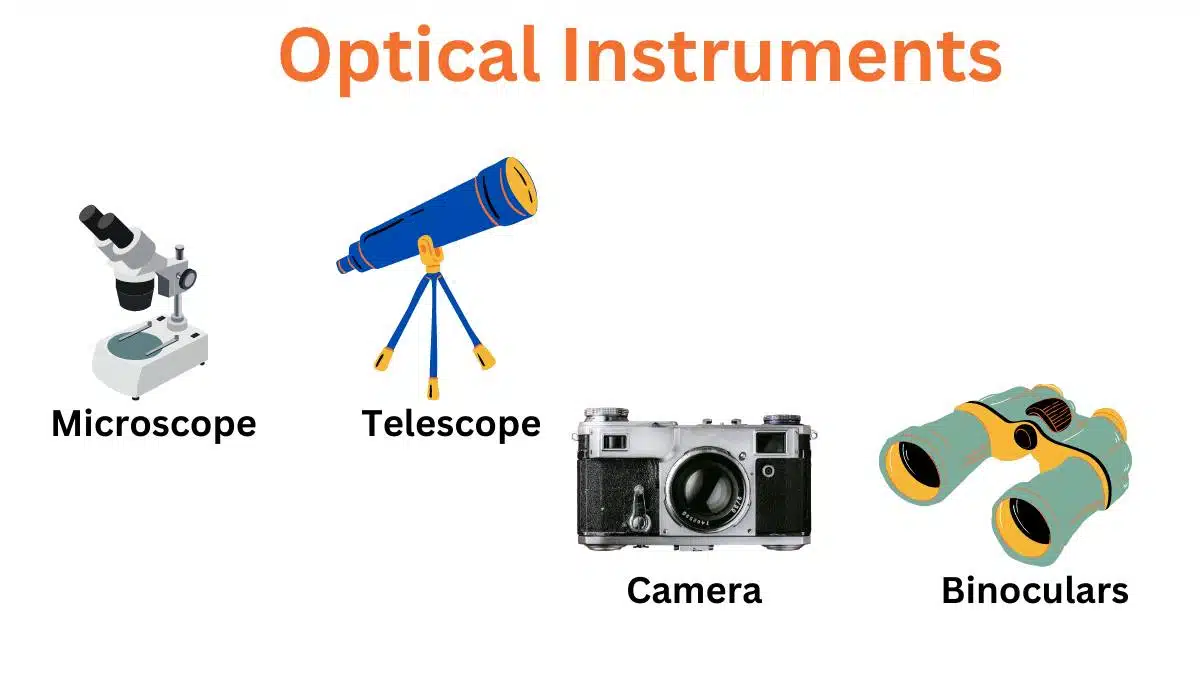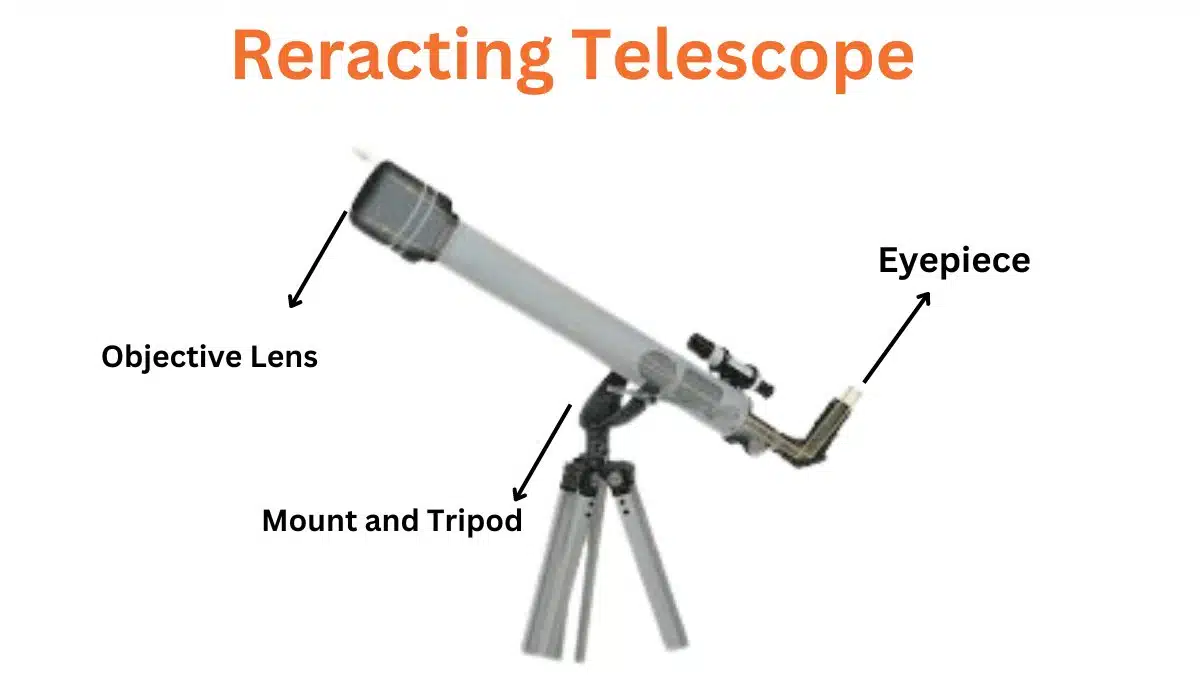What is a Convex mirror?-Definition, Properties, Uses, And Image
A convex mirror is defined as if the cut part of the hollow sphere is painted from the inside, then the outer surface becomes a reflecting surface. A spherical mirror with its reflecting surface curved out is known to be a convex mirror.
What is a Convex mirror?
A diverging mirror is a curved mirror in which the reflective surface bulges towards the light source, therefore they are not used to focus light. The focal point (F) and the center of curvature (2F) are imaginary points inside the mirror that cannot be reached.
Images created by these mirrors can’t be projected on a screen because the image is inside the mirror. As the object approaches the mirror, the image becomes larger than the object. Since the normal to the surface of the mirror is different at each spot, a collimated beam of light is spread out after reflection.
Properties of Convex Mirror
A diverging mirror is a mirror that does not reflect light when it strikes its reflecting surface. Regardless of the distance between the object and the mirror, virtual, erect, and diminished images are always formed or observed.
Uses Of Convex Mirror
A car’s passenger-side mirror is often a mirror that is not straight. In some countries, these are labeled with a safety warning “Objects in mirror are closer than they appear”, to warn the driver of the mirror’s distortion effects on distance perception.
In vehicles, convex mirrors are preferred because they give an upright, though diminished, image and because they provide a wider field of view as they are curved outward. Hospitals, hotels, schools, stores, and apartment buildings have hallway safety mirrors that are often found in the hallways. They are usually mounted on a wall or ceiling, where hallways intersect each other, or where they make sharp turns.
They can be used to look at any obstruction that people face on the next hallway or after the next turn. In order to provide safety for motorists at curves and turns, convex mirrors are used on roads, driveways, and alleys. It is possible to attach similar devices to ordinary computer monitors. Everything seems smaller than it really is, because of the convex mirrors that cover a bigger area.
The Oeil de Sorcire was a popular luxury item from the 15th century onwards and was shown in many depictions of interiors from that time. They were known as “bankers’ eyes” due to the fact that their wide field of vision was useful for security. The Arnolfini Portrait by Jan van Eyck and the left wing of the Werl Altarpiece by Robert Campin are some of the most famous examples of art.
Convex Mirror Image
rays haven’t actually passed through the image, but their extensions do, like in a regular mirror, and they are diminished, upright, and smaller. When the object is close to the mirror, the image gets larger and larger until it hits the mirror.
When the object is at an infinite distance, the image gets smaller and closer to the focus, until it is reduced to a point in the focus when the object is at an infinite distance. Since everything appears smaller in the mirror, they cover a wider field of view than a normal plane mirror, which is useful for looking at cars behind a driver’s car on a road, watching a wider area for surveilling, etc.






Leave a Reply